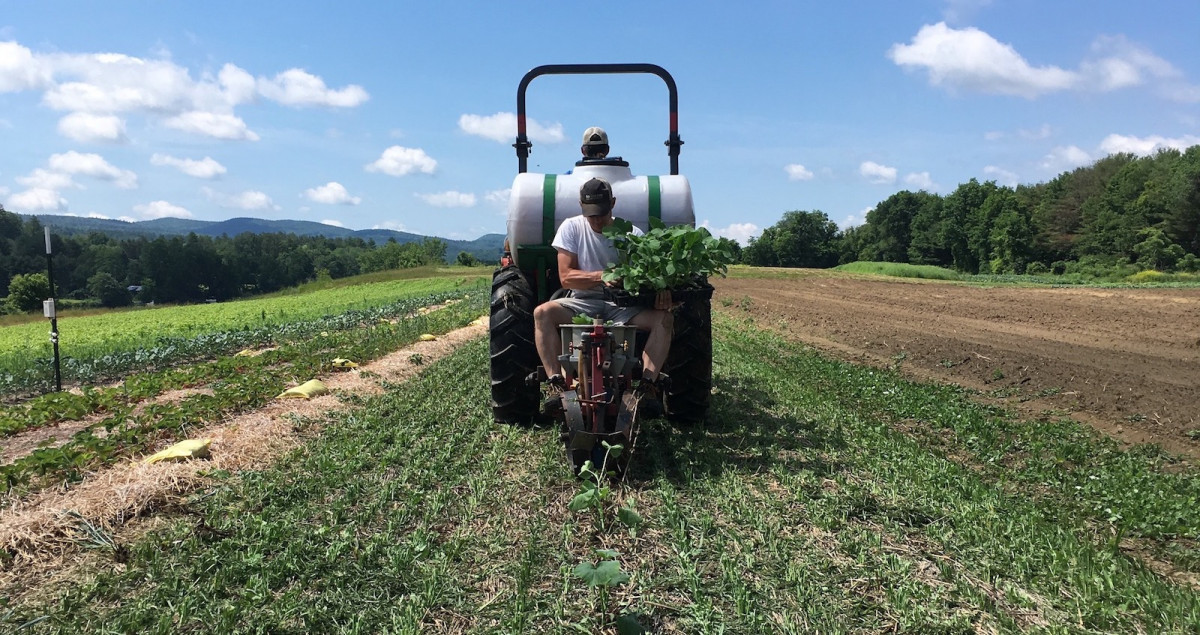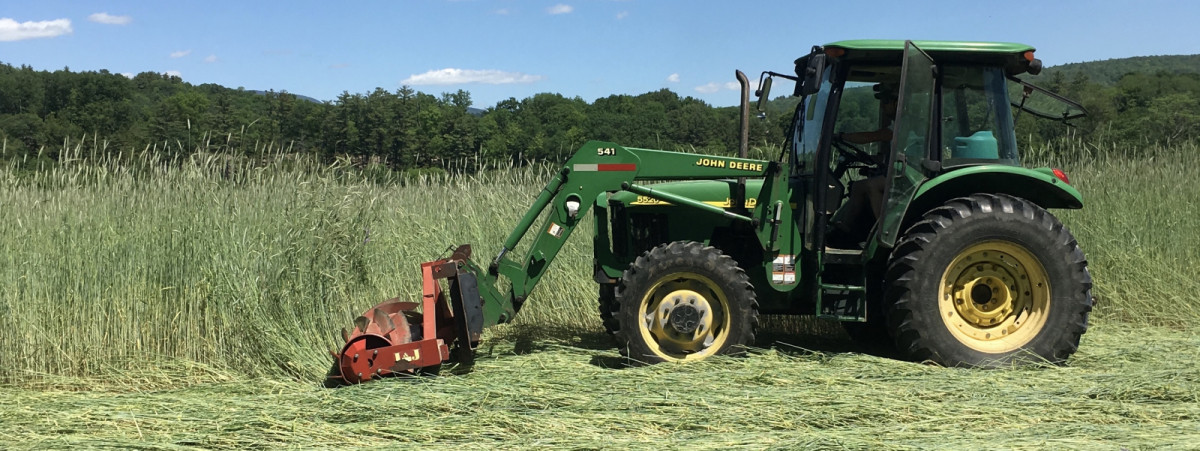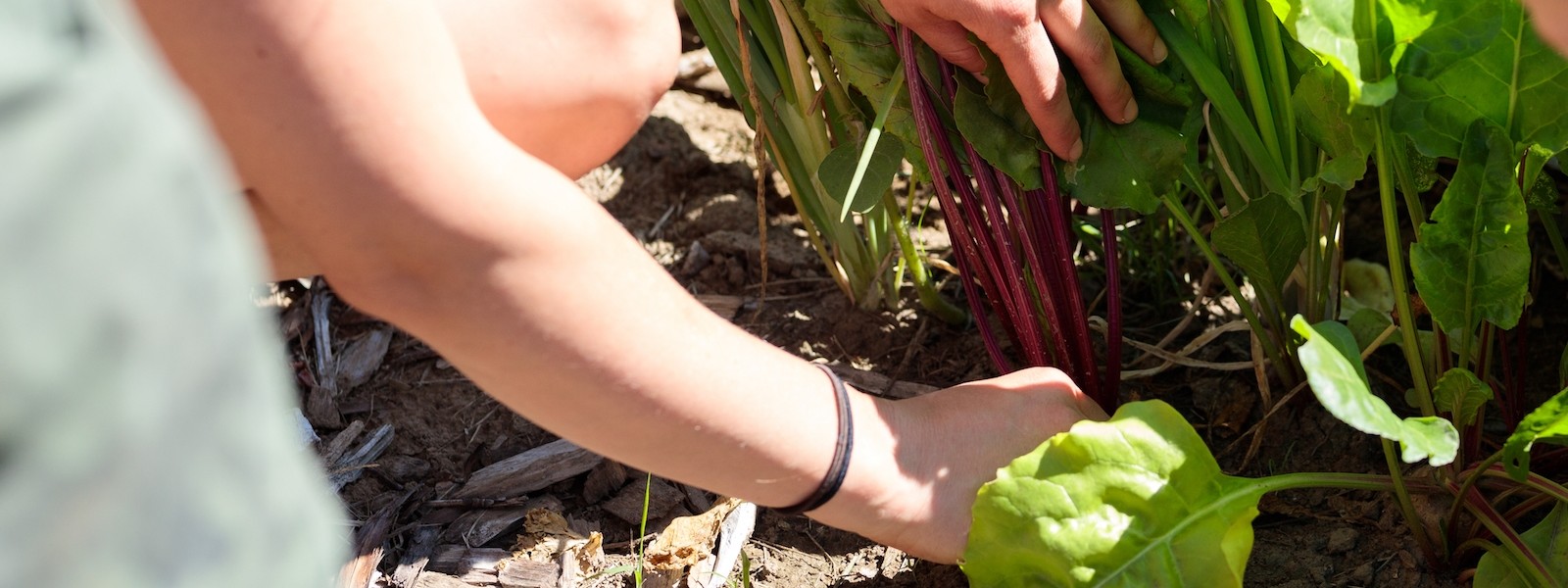No Till Agriculture
Tilling is any act of digging up or disturbing the soil. It is widely used to incorporate added nutrients and break up compacted soil for planting. Tilling, although convenient, can be damaging to soil structure and soil life which are both crucial to plant growth. Cedar Circle Farm is transitioning to no-till land management in order to minimize the disruption of soil and to preserve the soil ecosystem necessary for plants to thrive.
Improves Soil structure
Soil has an intricate structure, similar to a sponge, which promotes aeration, water absorption, and soil life—like a habitat for living things in the soil! Tillage breaks up this structure and reduces the soil’s ability to absorb water and critical nutrients. No-till preserves this habitat and increases nutrient and water absorption. This helps soil life survive and thrive which in turn helps plants!
Reduces Soil Degradation
Tillage often leaves loose, bare soil that is prone to erosion. Healthy topsoil is a precious resource that can be much more easily depleted than created. Therefore, it is crucial to minimize tilling to decrease topsoil loss as much as possible. (Think Dust Bowl…we don’t want to recreate this.)
Preserves Soil Life
As tilled soil brings fungi, bacteria, and organic matter to the surface, they begin to die and decompose, releasing carbon back into the air. No-till practices allow beneficial microorganisms to create a healthy, lasting community that feeds off and contributes to soil organic matter.
Reduces Carbon Emissions
By not tilling the soil, and therefore not disrupting soil life, carbon remains in the soil rather than being released into the atmosphere. This is crucial to mitigating greenhouse gas emissions that contribute to climate change.
Cedar Circle Farm is transitioning to using no-till land management practices. Tilling breaks up soil, disrupts weeds, and facilitates planting. During tillage, microbes are brought to the soil surface where they decompose and release carbon into the atmosphere. This carbon bonds with oxygen in the air creating carbon dioxide, a harmful greenhouse gas. No-till practices maintain soil structure, keeping microbes in the soil, thereby mitigating excess carbon emissions.
How does Cedar Circle Farm plant crops without tilling our fields? A no-till transplanter can be used. This machine cuts the ground open, providing a space for the sprout or seed, and then rolls over the lifted ground to press it back into place. This practice preserves the structure and habitat created by the soil and gives the new crop a great start.

Another method used at Cedar Circle to minimize tilling is to plant cover crops then roll them flat which prevents weed growth by creating a thick, plant mulch over the soil. This brown blanket blocks weeds, holds in moisture and is easily penetrated for planting.

Additional no-till practice resources:
- Organic No-Till (Rodale Institute)
- Cover Crops and No-Till Management for Organic Systems (Rodale Institute, SARE Project No. LNE08-268)

